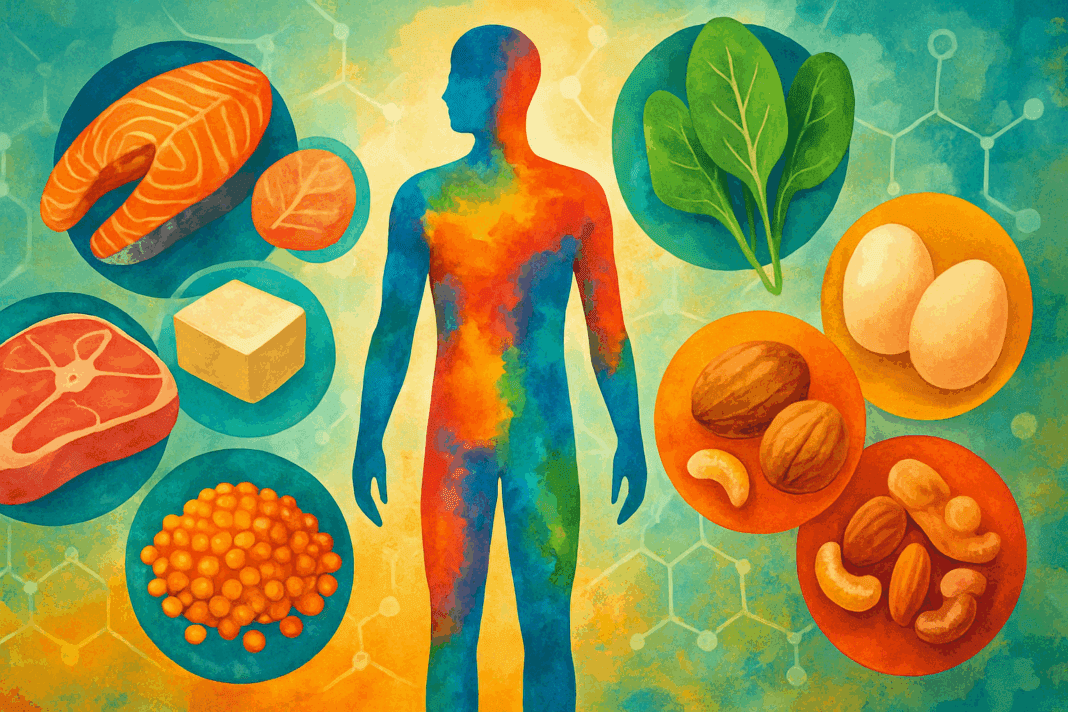Why Protein Matters: The Foundation of a Healthy Body
Proteins are among the most essential components of human nutrition. They are present in every cell, perform countless physiological functions, and are critical to health maintenance and disease prevention. Unlike fats and carbohydrates, which can be stored for future use, protein must be regularly consumed in the diet because the body does not store excess amino acids. Understanding the different types of proteins and how they function within the body is vital for anyone interested in optimizing their nutritional intake and supporting long-term wellness. Whether you follow a plant-based, omnivorous, or high-protein dietary pattern, knowing how various proteins work and what roles they serve can help you make better choices for your health.
This article explores the science of protein with a particular focus on amino acid completeness, functional classifications, digestibility, and bioavailability. We will also list and describe the 2 types proteins most frequently referenced in nutrition science—complete and incomplete—and explain why incorporating both into your diet is essential for supporting growth, repair, and metabolic balance.
You may also like: Macronutrients vs Micronutrients: What the Simple Definition of Macronutrients Reveals About Your Diet and Health

Complete vs. Incomplete Proteins: Understanding the Basic Categories
To grasp the full scope of protein nutrition, it is essential to start with a clear understanding of the basic categories. When we list and describe the 2 types proteins commonly referred to in dietary guidelines—complete and incomplete—we are referring to the presence or absence of the nine essential amino acids. These amino acids cannot be synthesized by the human body and therefore must be obtained through diet.
Complete proteins contain all nine essential amino acids in adequate proportions. These proteins are typically found in animal-based sources such as meat, poultry, fish, eggs, and dairy. They are often considered high-quality proteins due to their amino acid profile and high bioavailability. Some plant sources, such as quinoa, soy, and buckwheat, also qualify as complete proteins, offering viable options for vegetarians and vegans.
Incomplete proteins, on the other hand, lack one or more essential amino acids. These are primarily found in plant-based foods, including legumes, grains, nuts, seeds, and vegetables. While these proteins are valuable from a nutritional standpoint, they require complementary pairing to provide the full spectrum of essential amino acids. For example, combining rice and beans or lentils with whole grain bread can create a complete protein meal. Understanding this allows individuals to plan balanced, plant-based diets that still meet all amino acid requirements.
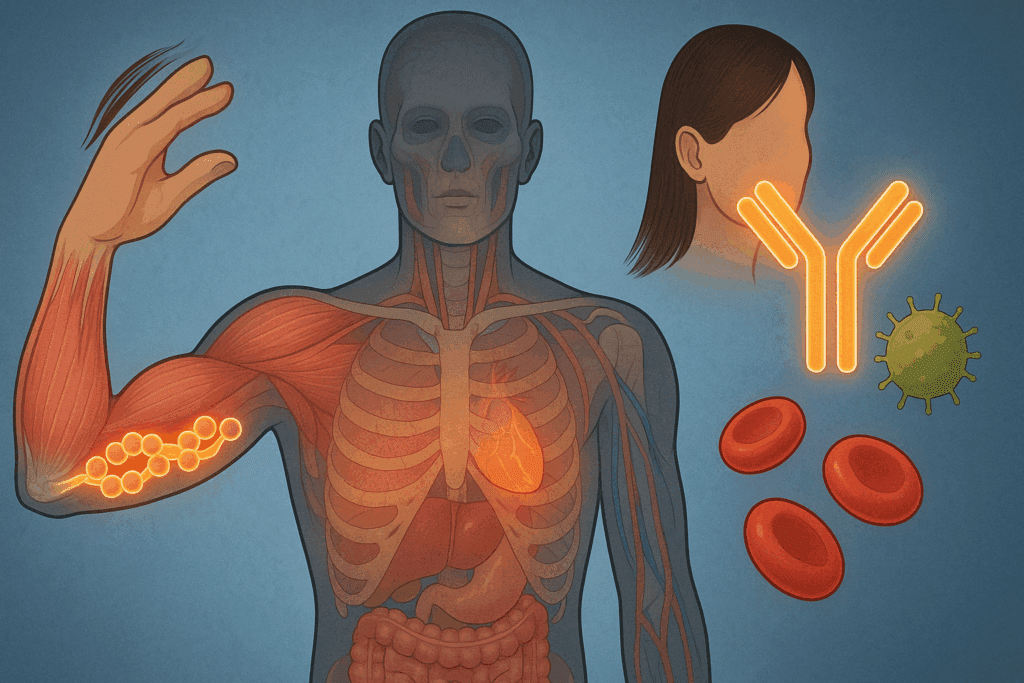
Exploring the Different Types of Proteins Based on Function
Beyond amino acid composition, proteins are also classified according to their functions in the body. The different types of proteins perform a range of tasks essential to life, and understanding these distinctions provides a deeper appreciation for their importance.
Structural proteins like collagen and keratin provide physical support to cells and tissues. Collagen contributes to the integrity of skin, bones, tendons, and ligaments, while keratin is essential for the strength and resilience of hair and nails. Contractile proteins, including actin and myosin, are crucial for muscle contraction and mobility. These are particularly important for athletes and individuals engaged in physical training.
Enzymatic proteins accelerate biochemical reactions that sustain life. From digestion to energy production, enzymes like amylase, protease, and lipase enable essential processes that would otherwise occur too slowly to support life. Transport proteins such as hemoglobin and albumin carry oxygen, nutrients, and hormones throughout the body, ensuring that all cells receive what they need to function.
Signaling proteins, including hormones like insulin and growth hormone, regulate physiological processes and communication between cells. Meanwhile, immune proteins like antibodies and cytokines defend the body against pathogens and support immune surveillance. When viewed through this functional lens, the different types of proteins reveal their versatility and indispensability across every system of the human body.
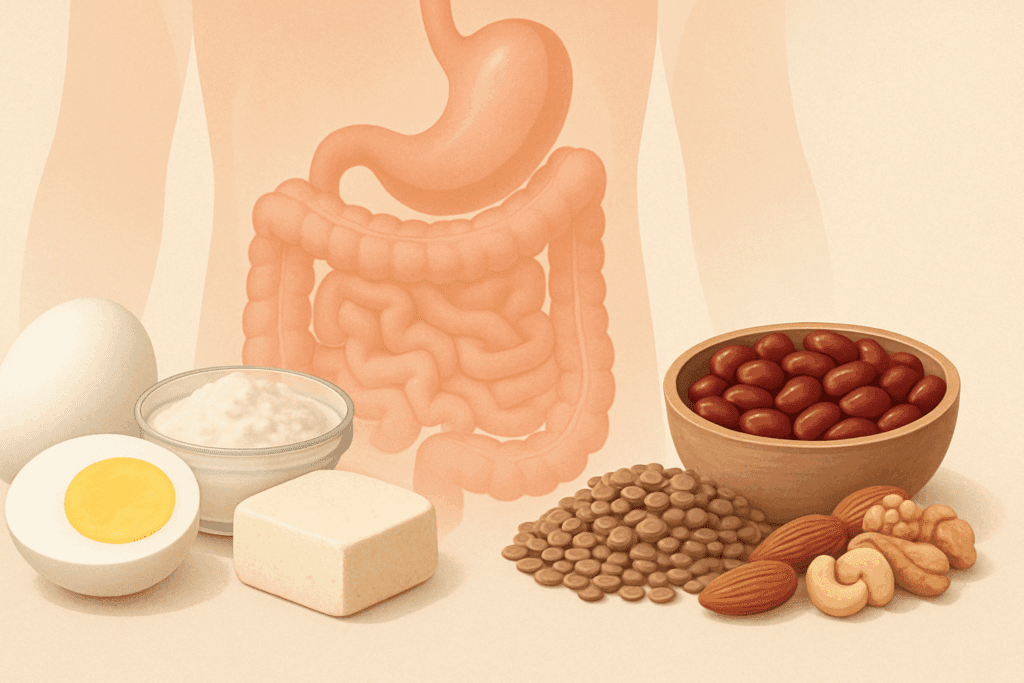
Protein Digestibility and Bioavailability: Why Source Matters
While quantity of protein is important, quality is equally vital. Protein digestibility and bioavailability determine how efficiently the body can absorb and use the amino acids in a given food. Animal-based proteins typically score higher on these measures, as they are more easily digested and contain amino acid profiles closely aligned with human needs.
The Protein Digestibility Corrected Amino Acid Score (PDCAAS) and the Digestible Indispensable Amino Acid Score (DIAAS) are two systems used to measure protein quality. Foods such as eggs, whey, and casein consistently score highly due to their amino acid composition and bioavailability. Among plant-based proteins, soy ranks favorably, and new processing techniques like fermentation, sprouting, and soaking can enhance the digestibility of other plant proteins.
It’s also important to note that fiber, antinutrients, and the complex cell structure of plants can reduce protein absorption. However, this does not mean plant proteins are inferior. With strategic planning and knowledge of complementary protein sources, plant-based diets can provide sufficient and high-quality protein for individuals of all ages and lifestyles.

How Different Types of Proteins Support Specific Health Goals
Understanding the different types of proteins can help tailor nutrition to individual health goals. For athletes, fast-digesting proteins like whey can stimulate muscle protein synthesis and support recovery after training. Slow-digesting proteins such as casein offer sustained amino acid delivery, making them ideal for nighttime consumption or long periods without food.
For older adults, protein helps counteract sarcopenia, or age-related muscle loss. Higher protein intake, particularly from high-quality sources, can preserve muscle mass, improve strength, and enhance physical function. Individuals managing chronic illnesses, such as diabetes or cardiovascular disease, may also benefit from increased protein intake to stabilize blood sugar, improve satiety, and reduce lean tissue loss.
Additionally, collagen-rich proteins may support skin elasticity, joint function, and bone strength. Immune-supportive proteins found in both animal and plant foods—such as glutamine and immunoglobulins—are vital for maintaining robust immune responses, particularly during stress, illness, or recovery.
Protein and Disease Prevention: A Deeper Look at Health Implications
Beyond fitness and muscle maintenance, protein also plays a significant role in the prevention of chronic diseases. Studies have linked high-protein diets to improved metabolic health, including better insulin sensitivity, reduced blood pressure, and more favorable lipid profiles. Certain amino acids, such as leucine, are involved in metabolic signaling pathways that regulate fat oxidation and energy expenditure.
Emerging research suggests that plant-based proteins may have anti-inflammatory effects and could help reduce the risk of conditions such as type 2 diabetes, cardiovascular disease, and some cancers. However, the source and context of protein consumption matter. For example, red and processed meats have been associated with increased risk of chronic disease, while lean meats, fish, and legumes are generally seen as protective.
Protein also contributes to satiety and appetite regulation. High-protein meals can reduce the hunger hormone ghrelin and promote the release of satiety hormones, leading to decreased overall calorie intake. This mechanism is particularly useful for weight management and can support long-term lifestyle changes.
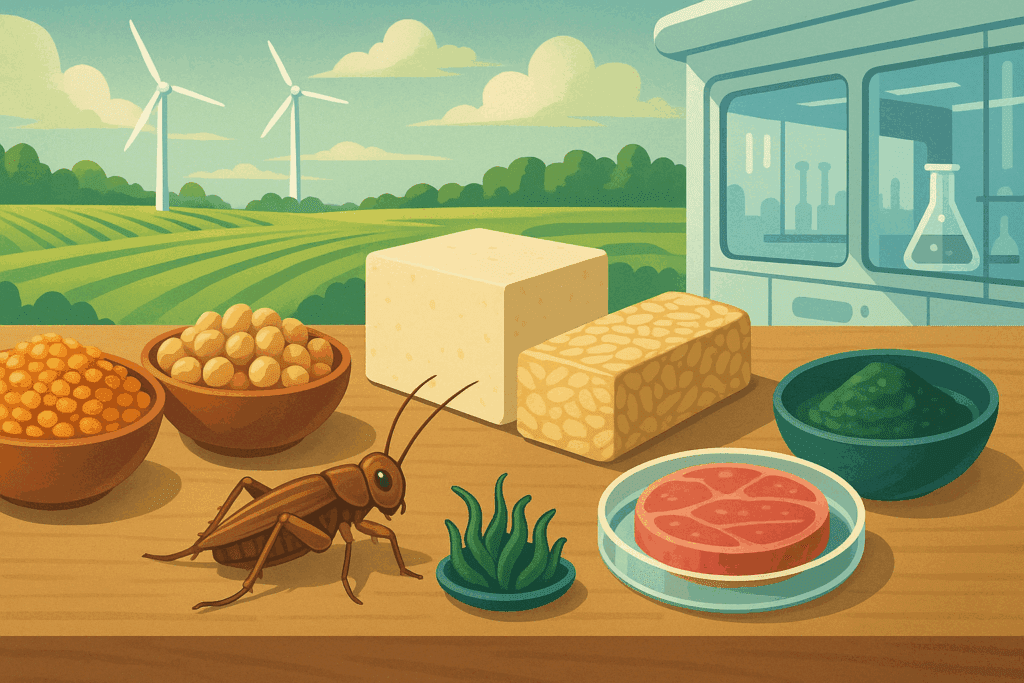
Sustainable Protein Choices for Health and the Environment
In recent years, the conversation around protein has expanded to include environmental sustainability and ethical considerations. Traditional animal agriculture places significant strain on natural resources, including water, land, and greenhouse gas emissions. As a result, many consumers are exploring sustainable protein alternatives that align with their values without compromising health.
Options such as legumes, pulses, seeds, and whole grains provide abundant plant-based protein with a lower environmental footprint. Novel proteins—like those derived from insects, algae, and lab-cultured meat—are also gaining traction for their sustainability potential. By understanding the nutritional composition and functional benefits of these diverse protein sources, consumers can make informed decisions that support both personal and planetary wellness.
Protein diversity within the diet not only supports health but also contributes to global food security by reducing reliance on limited animal resources. Embracing a broader array of protein sources encourages resilience, biodiversity, and innovation within the food system.
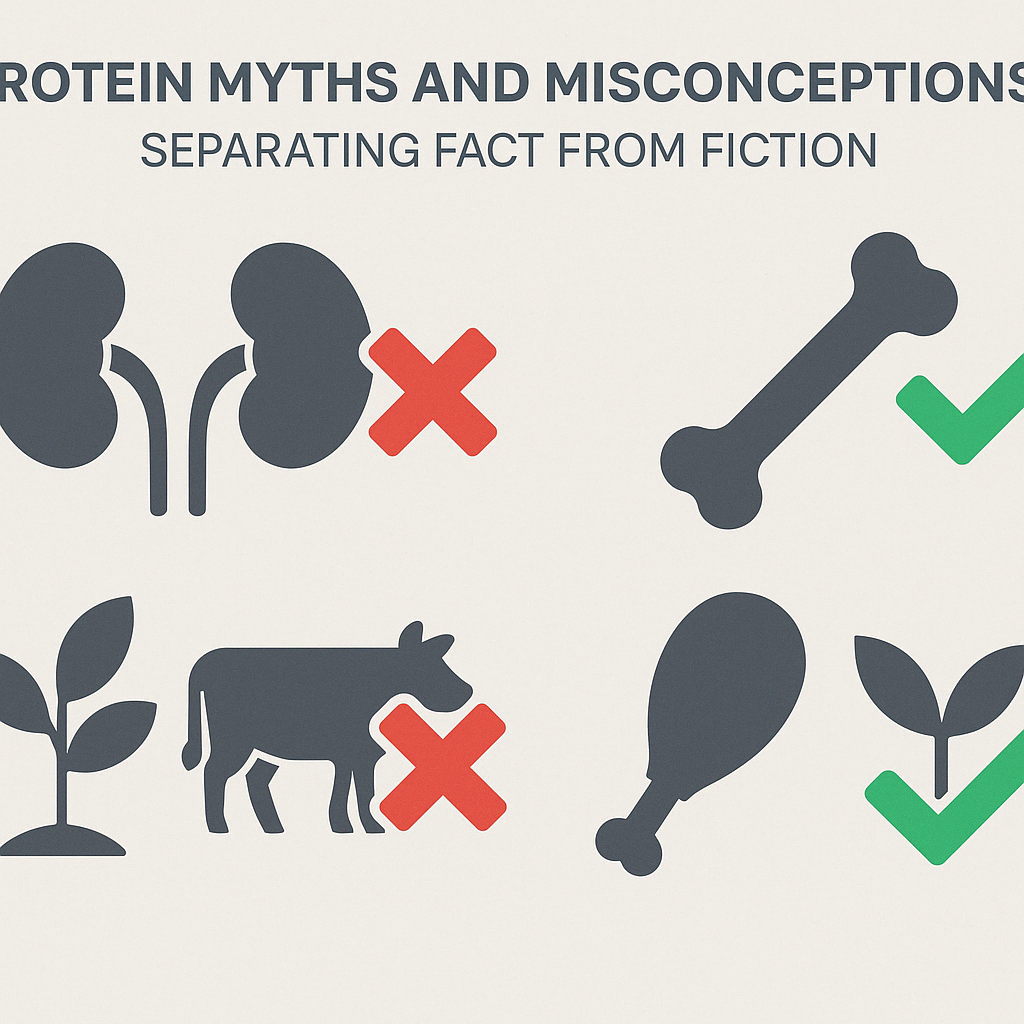
Protein Myths and Misconceptions: Separating Fact from Fiction
Despite the wealth of scientific data supporting protein’s health benefits, several myths persist. One common misconception is that high-protein diets are harmful to kidney health. While individuals with pre-existing kidney disease must monitor protein intake, there is no evidence that increased protein consumption harms kidney function in healthy individuals. In fact, protein can help maintain kidney health by supporting lean tissue and metabolic function.
Another myth is that protein causes bone demineralization. However, studies have shown that higher protein intake actually supports bone health by enhancing calcium absorption and stimulating bone-building hormones. Additionally, concerns about plant proteins being inferior to animal proteins often overlook the benefits of protein complementation and the positive impact of plant-based diets on long-term health outcomes.
Addressing these misconceptions with evidence-based insights allows individuals to make confident, informed dietary choices that reflect both scientific truth and personal health goals.
Protein in Cultural Diets: Lessons from Global Food Traditions
Understanding the different types of proteins also involves recognizing how diverse cultures have nourished themselves for centuries. Many traditional cuisines feature protein-rich plant foods combined in complementary ways. In India, dal (lentils) is often served with rice or roti to form a complete protein. In Latin America, black beans and corn are paired to achieve amino acid balance. In East Asia, soy-based foods like tofu and tempeh are staple protein sources.
These food traditions not only ensure nutritional adequacy but also foster community, sustainability, and culinary enjoyment. Celebrating cultural approaches to protein consumption helps dismantle the idea that only meat-centric diets provide sufficient protein. It also reinforces the principle that healthful eating can be inclusive, flavorful, and respectful of heritage.
Frequently Asked Questions: Understanding the Different Types of Proteins
1. Can different types of proteins affect how our bodies age?
Absolutely. The influence of protein on aging extends beyond basic nutrition. Different types of proteins—particularly those rich in branched-chain amino acids like leucine—are known to stimulate muscle protein synthesis, which can counteract sarcopenia, the natural muscle loss associated with aging. Collagen-based proteins support skin elasticity and joint function, helping maintain youthful physical capabilities. Additionally, emerging studies suggest that protein intake affects mitochondrial health and cellular repair processes, both of which play a role in biological aging. Therefore, strategically consuming diverse types of protein can actively support healthy aging from the inside out.
2. How can I use protein to enhance mental performance and brain health?
The connection between protein and cognitive function is often overlooked. Certain types of protein, especially those rich in tyrosine and tryptophan, are precursors to neurotransmitters like dopamine and serotonin, which regulate mood, focus, and memory. High-quality animal and plant proteins can improve brain signaling and support mental clarity when consumed consistently. Furthermore, studies show that maintaining balanced blood sugar through protein-rich meals may help prevent the mental fatigue that often accompanies carbohydrate-heavy diets. Exploring the different types of proteins available, and incorporating those rich in neuro-supportive amino acids, is a practical way to enhance both short-term focus and long-term brain health.
3. What’s the role of fermentation in improving plant-based protein quality?
Fermentation is one of the most exciting advancements in improving plant protein quality. It enhances digestibility and amino acid availability by breaking down anti-nutritional compounds that typically reduce protein absorption. As more people explore different types of proteins for plant-based diets, fermented sources—like tempeh or fermented pea protein—are becoming increasingly popular for their higher bioavailability. These options make it easier to meet daily protein needs without compromising on nutrition or sustainability. When we list and describe the 2 types proteins, fermented varieties introduce a hybrid opportunity that combines the completeness of animal protein with the eco-conscious appeal of plants.
4. How does protein timing influence recovery and muscle growth?
Protein timing plays a significant role in recovery and performance, particularly in athletic and clinical populations. Consuming fast-digesting proteins—like whey—immediately after exercise accelerates muscle protein synthesis during the anabolic window. In contrast, slower-digesting types of protein such as casein are ideal before sleep to support overnight recovery. Strategic timing also helps regulate hormones like cortisol and insulin, further optimizing the muscle-building process. By understanding the different types of proteins and when to consume them, individuals can fine-tune their intake to maximize results.
5. Can protein types impact gut health?
Yes, and this is an area gaining more scientific interest. Certain types of protein may support gut integrity and microbial balance, while others might contribute to dysbiosis if consumed in excess or poor quality. For example, gelatin and collagen can help maintain the gut lining, potentially benefiting people with leaky gut or digestive disorders. On the other hand, excessive intake of highly processed proteins might contribute to inflammation or disrupt beneficial bacteria. By being mindful of the different types of proteins and their sources, individuals can support not just digestion but also systemic immunity and mental health through the gut-brain axis.
6. How do cultural dietary patterns influence protein diversity?
Globally, food cultures reflect a nuanced understanding of protein variety and balance. In Asia, soy-based proteins like tofu and tempeh are everyday staples. In the Middle East, legumes combined with grains offer a complete amino acid profile. Latin American cuisine often features corn and beans, while African diets utilize peanuts, millet, and lentils in nutrient-rich stews. These time-tested practices align with the science behind complementary proteins and highlight that when we list and describe the 2 types proteins—complete and incomplete—the context in which they’re consumed matters just as much as their biochemical classification. Drawing inspiration from diverse culinary traditions can improve protein quality without sacrificing flavor or heritage.
7. What innovations are shaping the future of protein consumption?
The future of protein is being revolutionized by science and sustainability. Lab-grown meat, insect protein, algae-based options, and precision fermentation are transforming how we source protein. These innovations address global challenges like resource scarcity and climate change, while also expanding the spectrum of available protein types. As we explore different types of proteins beyond conventional meat and plants, technology is enabling cleaner, more ethical, and potentially more nutritious alternatives. Staying informed about these advances can empower consumers to make choices that support both health and the planet.
8. Should individuals with chronic conditions consider specific types of protein?
Yes, especially those managing conditions like kidney disease, diabetes, or cardiovascular issues. For example, people with kidney concerns may need to moderate their intake of high-nitrogen animal proteins and focus on plant-based alternatives. Diabetics often benefit from proteins with low glycemic impact that help stabilize blood sugar. Meanwhile, cardiovascular patients might choose proteins lower in saturated fat, such as fish or legumes. Recognizing the different types of proteins—and how they interact with metabolic pathways—allows patients and practitioners to develop tailored dietary strategies that support disease management without sacrificing nutrition.
9. How do stress and lifestyle influence protein needs?
Chronic stress, sleep deprivation, and high physical or cognitive demand can all increase protein requirements. During stress, the body accelerates protein turnover and muscle breakdown, requiring additional intake to maintain tissue integrity and hormone balance. Individuals in high-performance jobs, caregivers, or those undergoing major life transitions often need to reassess both the quantity and types of protein they consume. By intentionally choosing proteins that support neurotransmitter synthesis, adrenal function, and cellular repair, people can better adapt to life’s stressors. Evaluating lifestyle demands in tandem with the different types of proteins available leads to more responsive and effective nutrition.
10. What’s a practical strategy for optimizing protein across the day?
Rather than concentrating protein intake at dinner—as many do—spreading it evenly across meals enhances absorption and muscle protein synthesis. A balanced approach might include eggs or Greek yogurt in the morning, lentils and grains at lunch, and a moderate portion of lean protein with vegetables at dinner. This method ensures consistent amino acid availability and better supports satiety, metabolism, and tissue repair. By mixing and matching different types of proteins throughout the day, you can achieve a well-rounded amino acid profile and avoid the metabolic pitfalls of protein skews. Integrating this approach into meal planning supports not only performance but also long-term health outcomes.
Conclusion: Why Understanding the Different Types of Proteins Is Essential for Lifelong Health
Understanding the different types of proteins is far more than a dietary detail—it’s a cornerstone of intelligent, effective nutrition. By learning to list and describe the 2 types proteins—complete and incomplete—we gain a foundational framework for evaluating food quality, planning balanced meals, and supporting our bodies through every stage of life. Going further, exploring protein functionality, digestibility, and disease-prevention potential allows us to personalize our nutrition in meaningful ways that align with both health and lifestyle goals.
As new protein sources and innovations continue to emerge, maintaining a firm grasp on the science behind protein remains crucial. Whether your priorities lie in building strength, aging well, preventing illness, or eating more sustainably, protein will play a central role. Empowered by evidence-based knowledge and mindful choices, we can ensure that every gram of protein we consume supports not just survival—but thriving, from the cellular level to the global food system.
Further Reading:
9 Important Functions of Protein in Your Body


